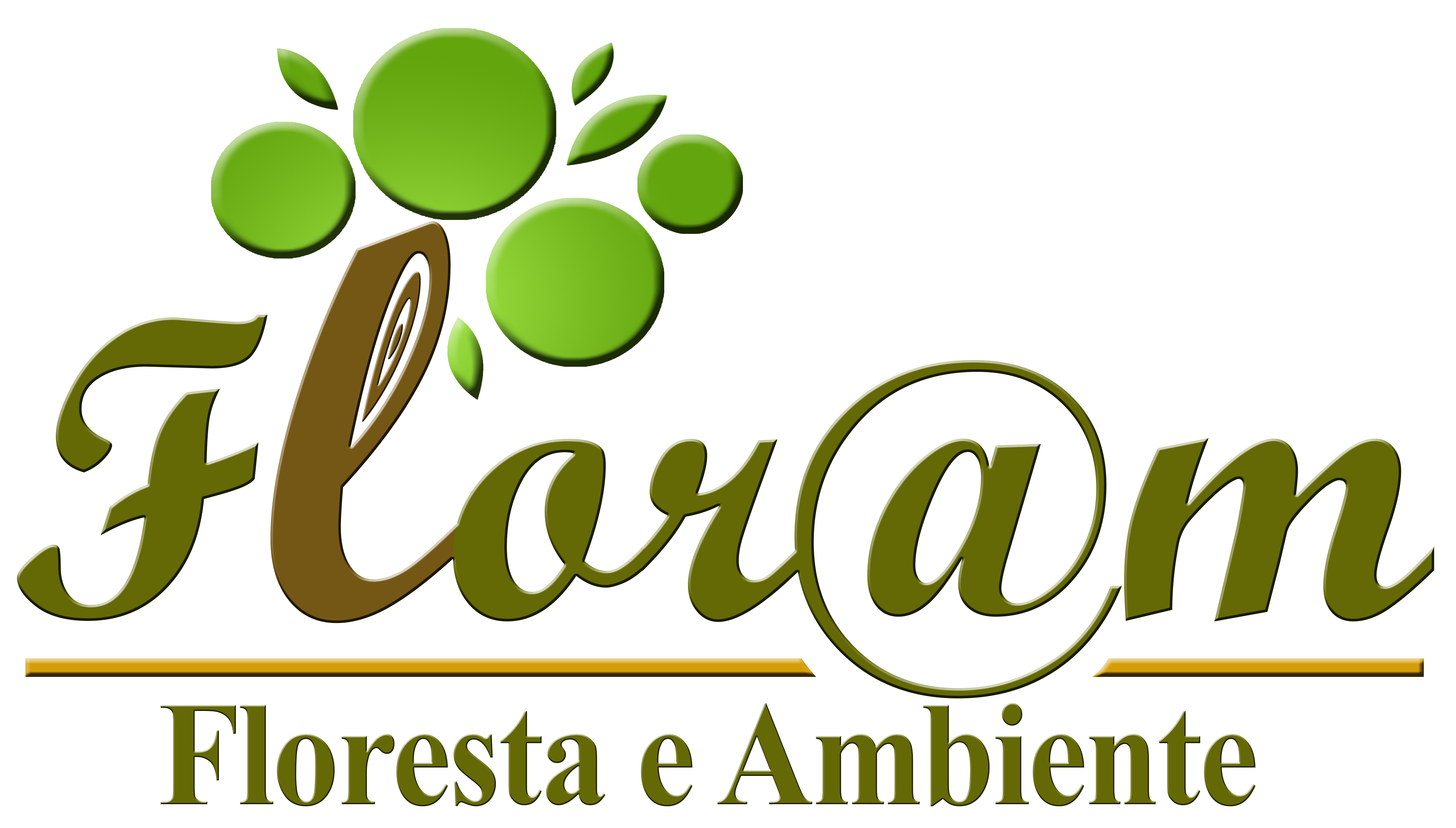Abstract
ABSTRACT: The aim of this study was to evaluate the influence of particle size and the wood/cement ratio on the physical and mechanical properties of vibro-compacted wood-cement composites. The effects of three different particle sizes (diameter between 1.4-2.36 mm; 2.36-4 mm; and 4-9.56 mm) and wood:cement ratios of 1:2.75, 1:2 and 1:1.5 on wood-cement composites produced with the Amazonia species Swartzia recurva Poepp. and Portland cement type II-Z were analyzed. All evaluated properties were influenced by the particle size used in the mixture; however, the wood:cement ratio only affected the final density of the composite, internal bond and water absorption properties. Composites produced with particles that pass through a 2.36 mm screen but were retained with a 1.4 mm screen showed average values of modulus of rupture and higher modulus of elasticity than composites produced with bigger particles. The use of a 1:2.75 wood:cement ratio resulted in composites with higher density and dimensional stability than composites produced with a lower amount of cement.
Keywords
Amazonian species, Swartzia recurva , wood-cement composites
Referências
Angyalossy-Alfonso V, Miller RB. Wood anatomy of the Brazilian species of Swartzia and considerations within the tribe Swartzieae. IAWA Journal 2002; 23(4): 359-390.
Ashori A, Tabarsa T, Sepahvand S. Cement-bonded composite boards made from poplar strands. Construction & Building Materials 2012; 26: 131-134.
European Committee for Standardization – CEN. EN 310: wood-based panels: determination of modulus of elasticity in bending and of bending strength. Brussels: CEN; 1993a.
European Committee for Standardization – CEN. EN 317: aglomerado de partículas de madeira e aglomerado de fibras de madeira: determinação do inchaço na espessura depois da imersão em água. Brussels: CEN; 1993b.
European Committee for Standardization – CEN. EN 319: aglomerado de partículas de madeira e aglomerado de fibras de madeira: determinação da força da tensão perpendicular sobre a superfície plana da placa. Brussels: CEN; 1993c.
European Committee for Standardization – CEN. EN 634-2: cement-bonded particleboards: specifications: part 2: requirements for OPC bonded particleboards for use in dry, humid and external conditions. Brussels: CEN; 2007.
Frybort S, Mauritz R, Teischinger A, Muller U. Cement bonded composites: a mechanical review. BioResources 2008; 3(2): 602-626.
Fuwape JA, Oyagade AO. Bending strength and dimensional stability of tropical wood-cement particleboard. Bioresource Technology 1993; 44(1): 77-79. http://dx.doi.org/10.1016/0960-8524(93)90212-T.
Marzuki AR, Rahim S, Hamidah M, Ahmad Ruslan R. Effects of wood:cement ratio on mechanical and physical properties of three-layered cement-bonded particleboards from Leucaena lecocephala. Journal of Tropical Forest Science 2011; 23(1): 67-72.
Moslemi AA, Pfister SC. The influence of cement/wood ratio and type on bending strength and dimensional stability of wood-cement composite panels. Wood and Fiber Science 1987; 19(2): 165-175.
Nazerian M, Ghalehno MD, Gozali E. Effects of wood species, particle sizes and dimensions of residue obtained from trimming of wood-cement composites on physical and mechanical properties of cement-bonded particleboard. Wood Material Science & Engineering 2011; 6(4): 196-206. http://dx.doi.org/10.1080/17480272.2011.601816.
NCL Industries Limited – NCL. Bison panel: cement bonded particle board . Abids: NCL; 2011. Catálogo.
Olorunnisola AO. Effect of husk particle size and calcium chloride on strength and sorption properties of coconut husk-cement composites. Industrial Crops and Products 2009; 29(2-3): 495-501. http://dx.doi.org/10.1016/j.indcrop.2008.09.009.
Papadopoulos AN, Ntalos GA, Kakaras I. Mechanical and physical properties of cement-bonded OSB. Holz als Roh- und Werkstoff 2006; 64(6): 517-518. http://dx.doi.org/10.1007/s00107-005-0092-6.
Parchen CFA, Iwakiri S, Zeller F, Prata JG. Vibro-dynamic compression processing of low-density wood-cement composites. European Journal of Wood and Wood Products 2016; 74(1): 75-81. http://dx.doi.org/10.1007/s00107-015-0982-1.
Pereira D, Santos D, Vedoveto M, Guimarães J, Veríssimo A. Fatos florestais da Amazônia. Belém: IMAZON; 2010. 124 p.
Simatupang MH. Der Wasserbedarf bei der Herstellung zementgebunder Holzspanplatten. Holz als Roh- und Werkstoff 1979; 37(10): 379-382. http://dx.doi.org/10.1007/BF02610947.
Steege H, Pitman NCA, Phillips OL, Chave J, Sabatier D, Duque A et al. Continental-scale patterns of canopy tree composition and function across Amazonia. Nature 2006; 443(7110): 444-447. http://dx.doi.org/10.1038/nature05134. PMid:17006512.

